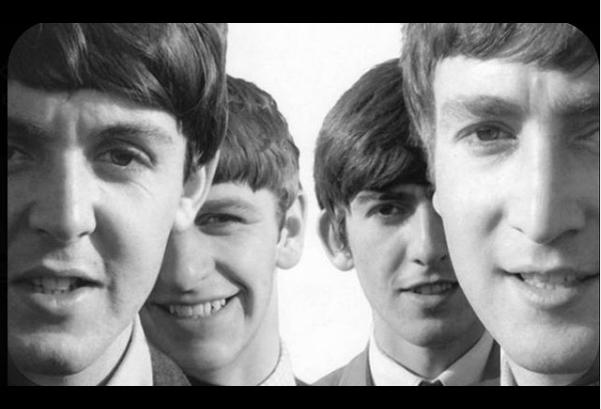More than 50 years ago, The Beatles released the album “Yesterday and Today”. Despite the successes included in it, it was the photograph that gave life to the album cover that went down in history as one of the most controversial and still sought after collectibles by the English band.
John Lennon, Paul McCartney, George Harrison and Ringo Starr, dressed in a white coat, were joined by pieces of meat and decapitated dolls, covered with false eyes and teeth. Rumors pointed to a criticism of the Vietnam War, or even a protest against the break-up of the original Beatles albums in the US, but the truth is more complex.
It became eternal as “The butcher cover” and its origin was Robert Whitaker, a British photographer, whose connection to The Beatles gained him international fame. In the spring of 1966, the triptych “A Somnambulant Adventure” came to life, in a set of three iconic and conceptual photographs by the four English artists.
View this post on Instagram
Explaining the photo, Whitaker said, “All over the world I’d watched people worshiping like gods, four Beatles. To me, they were just stock standard normal people. But this emotion that fans poured on them made me wonder where Christianity was heading” (via Rolling Stone).
View this post on Instagram
In March 1966, The Beatles were invited to an interview with journalist Maureen Cleave of the British newspaper “London Evening Standard”. On that occasion, John Lennon critically uttered the following sentence: “Christianity will go,” he had said. “It will vanish and shrink. I needn’t argue about that; I know I’m right and I will be proved right. We’re more popular than Jesus now. I don’t know which will go first – rock & roll or Christianity. Jesus was all right, but his disciples were thick and ordinary. It’s them twisting it that ruins it for me.” This statement was undoubtedly the motto for the irreverent approach to religious iconography in Whitaker’s session, in this case the choice of the triptych, a creation associated with the Christian religion.
View this post on Instagram
However, while this is often touted as the album’s biggest selling point, it was the vast and iconic list of objects that held the public’s attention during the short period the unaltered cover remained available. Sausage links, false teeth, raw meat, glass eyes and doll parts were arranged in a disorderly fashion to create the image Whitaker dreamed of.
Without any anticipation, about 60,000 copies were sent to resellers even before the release date, scheduled for June 15th. Still, even by the time it emerged, most dealers refused to cover and sell that LP. “Word came back very fast that the dealers would not touch it. They would not put the album in their stores,” Alan Livingston said., manager of Capitol Records at the time. It didn’t take long for photography, after reaching the public, to generate contestation and theories regarding its origin, many of which are still believed today.
It appears that Capitol Records will not only have deleted four main tracks from the US version of “Rubber Soul”, but will also have removed three vital songs from a work still in progress. In the years that followed, the rumor emerged that the original cover of “Yesterday and Today” would be a protest against the album itself, starring a group tired of seeing renowned LPs transformed into works of art dismembered by imposition of the North American publisher.

